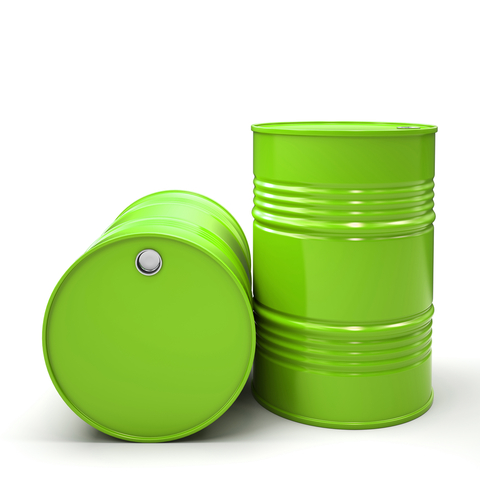 |
The focus of DfE is chemical risk reduction for industry but program is the resulting products are good for everyone —industry, consumers, and the environment. Now in its fifteenth year, DfE partners with academia, environmental groups, and industry to define human health and environmental concerns with chemicals and provide formulators and manufacturers, as well as product users, with a range of lower-risk alternatives. To date, DfE has evaluated and accepted more than 2,500 products into the program, which gives manufacturers the right to use the DfE logo on their products.
Of the most recent round of chemicals added to the Safer Chemical Ingredients List, 119 were for use as fragrance in consumer and commercial cleaning products. The products incorporating the new chemicals could be anything from air conditioner coil cleaners to pet shampoo to graffiti removers.
Need to know if one of your chemicals is on an OSHA, DOT, SARA, CERCLA, RCRA, or state list of regulated chemicals? The Book of Chemical Lists will instantly tell you everything you need to know. Learn More.
DfE also engages in partnerships with different stakeholder groups, including chemical manufacturers, formulators, distributers/retailers, and institutional purchasers. The DfE Partners Programs can embrace an entire industry to evaluate best practices, educate members, and establish new cleaner ground rules for conducting business. One such effort is the Auto Refinishing Partnership, where DfE is working to help the industry minimize air toxics in the workplace and the local communities. The program began in 1997 and has conducted training in schools and at businesses nationwide and provides a best-practices outreach kit with case studies, an air emissions calculator, and a virtual auto body shop, among other tools.
To help companies determine the ideal chemicals for their formulations and applications, DfE also offers the Alternatives Assessment Methodology. This service is provided through the Office of Pollution Prevention (OPPT) in EPA’s Office of Chemical Safety and Pollution Prevention (OCSPP) and is one part of the Chemical Action Plans used to identify chemicals for risk management scrutiny and determine both positive and negative aspects of potential alternative chemicals.
The Alternatives Assessment Methodology is a seven-step process:
1) Determine feasibility of an Alternatives Assessment.
2) Collect information on chemical alternatives.
3) Convene stakeholders.
4) Identify viable alternatives.
5) Conduct the hazard assessment.
6) Apply economic and life-cycle context.
7) Apply the results in decision making for safer chemical substitutes.
Look up chemicals by CAS names or numbers with The Book of Chemical Lists. Saves you hours and hours of research time! Order Now.
This methodology was successfully applied to a search for alternatives to nonylphenol ethoxylates (NPEs), which were widely used in surfactants and are both slow to degrade in the environment and highly toxic to aquatic life. On May 9, 2012, the EPA released the final Alternatives Assessment for Nonylphenol Ethoxylates (NPEs) (PDF) that provides a list of eight safer alternatives to NPEs. Now these and other alternative chemicals for cleaning products can be found at CleanGredients®, a website sponsored in part by the EPA.
Another spinoff success is the Safer Detergents Stewardship Initiative (SDSI). This initiative recognizes companies that choose to use alternative products in their lines of cleaning products either as producers, distributors, or sellers. These companies are recognized on EPA’s website for taking the initiative to provide safer, less-hazardous cleaning products. More information about the SDSI is available at http://www.epa.gov/dfe/pubs/projects/formulat/sdsi.htm. EPA’s Safer Chemical Ingredients List can be accessed at http://www.epa.gov/dfe/saferingredients.htm#about.
